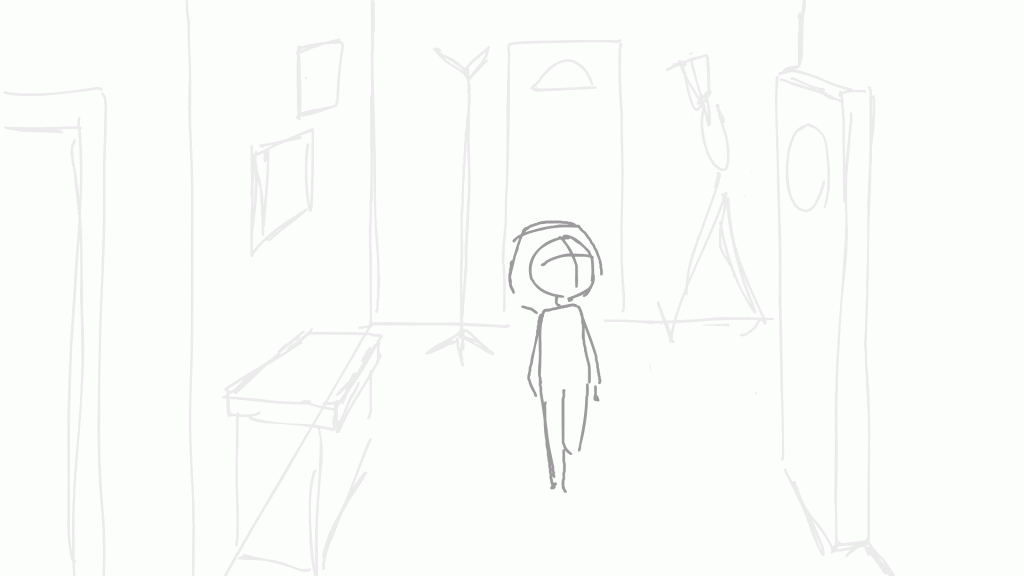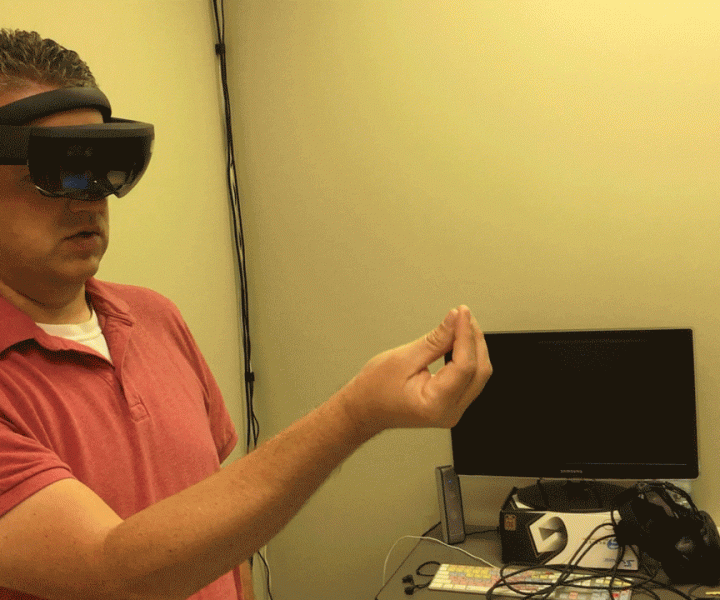When you think of animation, you probably imagine Pixar or Dreamworks — and that’s fair! Pixar brought $503 million into the box office for Finding Nemo alone. But here at the Digital Corps, we think of our amazing animators on the Design Team. Animation is one of the fastest-growing industries worldwide, so for all you aspiring animators, here’s what we know about the world of animation!

The animation process involves many steps and it starts with lots of planning. Nikki Dixon, a designer with the Digital Corps, has been working on an animated film with Elijah Ganaway, a Video Team member with the Digital Corps. She started the planning of this film with character sketches.
“It’s important to understand the range of emotion that the character has in their story because their design should reflect that. It should also reflect the emotion that is intended to be evoked in the viewer,” said Nikki.
Next, Nikki took these character sketches and story-boarded some scenes. She had to figure out how the character was going to move, as it would be a basis for the rest of the film.

Nikki is animating in 2D so the motion of her characters is specific but not nearly as detailed (and mathematically complicated) as 3D animation. In 3D animation, there is an entire step in the animation process dedicated to how the characters move, called rigging. Marisa Kaupert, a Digital Corps Design Team Alumna, told us that studying human anatomy helped her understand character movement better than any figure-drawing class could. Her rigging experience comes from learning through her job with Sony Santa Monica Studios for PlayStation. As an Associate Character Technical Artist, Marisa combines her knowledge of animation, linear algebra, and technology.
“If you’re an artist, just know a little bit of tech, and I think that you will be much more versatile,” said Marisa.

Student animators with the Digital Corps usually use Adobe Illustrator to create assets, and Adobe After Effects to add movement. Amber Turner, a Design Team Specialist, prefers 2D animation compared to the intensive process of 3D animation.
“A lot of the other things are more technical, like 3D animation and just like actually animating things is more technical — which is still fun! But for my actual career, I think I would enjoy concept art more,” said Amber.
There is a learning curve when it comes to 3D animation, though. Amber believes that the more you animate, the more your eye for it develops. New animators won’t see the same mistakes with untrained eyes. Personal projects are great ways to get experience and hone your skills. For anyone wishing to expand their animation expertise, check out a few courses on Lynda.com, or scan the web for Youtube tutorials.
Practicing your specialty is important, but understanding the animation process as a whole is the key to doing well in the animation industry. It may take time to find your specialty, like rigging, character design or concept art, but it is well worth it. It takes that intensive planning and laboring over design before animators can even see substantial results, but trust us — the work really does pay off.



